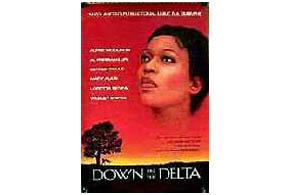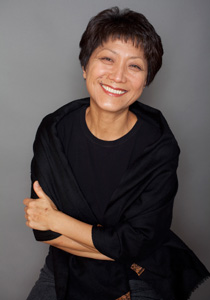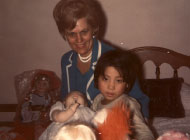The films she has made until today have in common that woman characters in them are trying to find their identities against social norms and suppression of sexual desire. Campion is interested in the ego-identity of women who are disregarded in society. As she is Anthropology major, she finds the root of this problem through Anthropology in her film. The Piano received extraordinary critical and popular public attention. Vincent Canby of The New York Times described The Piano as ‘a triumph . . . so good, so tough, so moving and, especially, so original.’
The piano is a story about a mute Scottish woman, Ada McGrath, whose father sells her, along with her young daughter into a marriage to a man, Alistair Stewart, who she does not know. Since she stopped speaking at the age of six, Ada expresses herself through playing piano and some sign languages. Her husband, Stewart, thinks their house is too small for having the piano, which is very important object for Ada, and throws it away at the beach. Ada and Stewart never have a sexual interaction. Ada gets help from Baines, who lives like a primitive man, to move the piano. They have love affairs and Stewart finds out about it. Her husband cuts her finger and Ada and Baines departe from that place. They start to have a new life in Nelson and Baines makes a silver finger to replace hers.
The piano plays an important role in the film. Campion says “The piano was chosen by the designer Andrew McAlpine. I queried it at first, because I imagined a tall piano and I found it hard to think of this table as a piano. But at the same moment as I saw it, I loved it.” In Campion’s films, women usually are the main characters. They are all considered incompetent and powerless but trying to find their talent or an escape to have a better life. The movies by Campion are about the lives of women who cannot live normally in a male-dominated society. She is also using feminism and pictorial imagery together in her films. This is why her works are unique as auteur. The films also show what her interests are and she is combining women with common problems that happen in families and society. Campion is not just talking about the problems which can happen to anybody but also emphasizes how they can affect women. As Bell Hook’s writing in Introduction Making Movie Magic “They give the reimagined, reinvented version of the real. It may look like something familiar, but in actuality it is a different universe from the world of the real.”, Campion creates films with the sense around herself like real world and it touches people’s mind.
 The piano is her alter ego.
The piano is her alter ego. Campion describes a woman who is suppressed sexual desire in Victorian Age.
Campion describes a woman who is suppressed sexual desire in Victorian Age. Stewart destroys his wife because he is jealous and angry.
Stewart destroys his wife because he is jealous and angry. That Ada is a mute is a symbol that expresses women's social status that they cannon do anything
That Ada is a mute is a symbol that expresses women's social status that they cannon do anything 




















